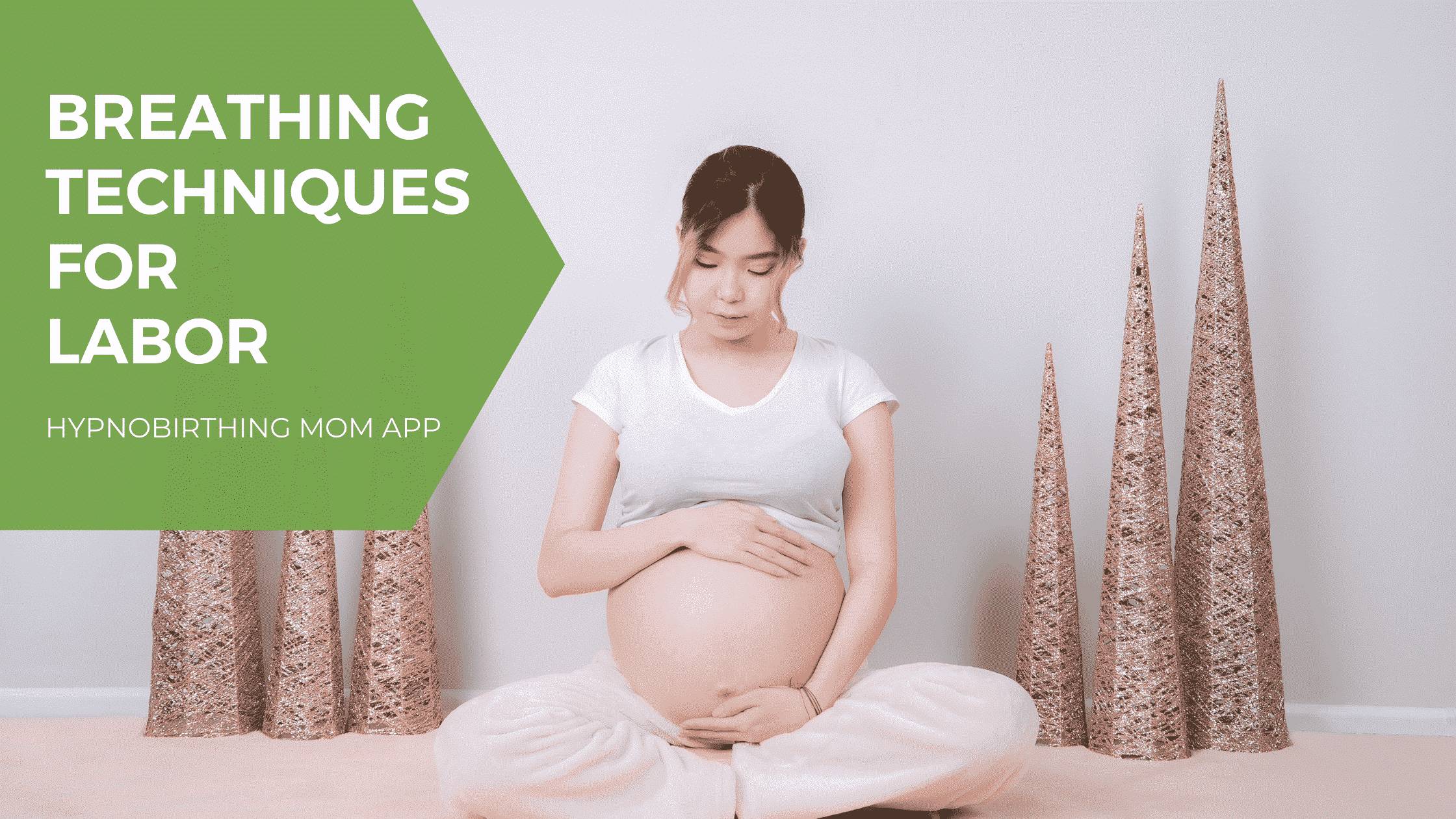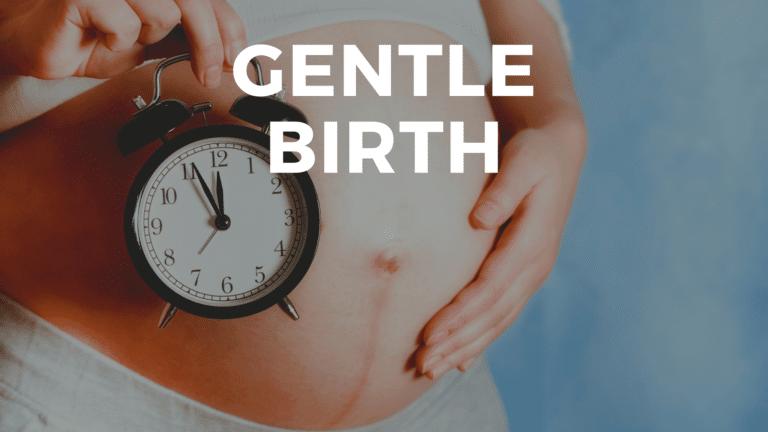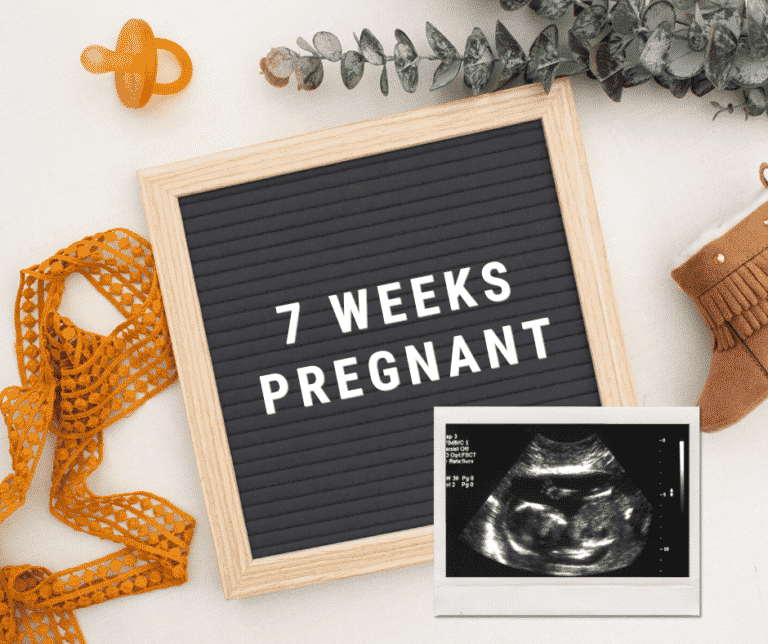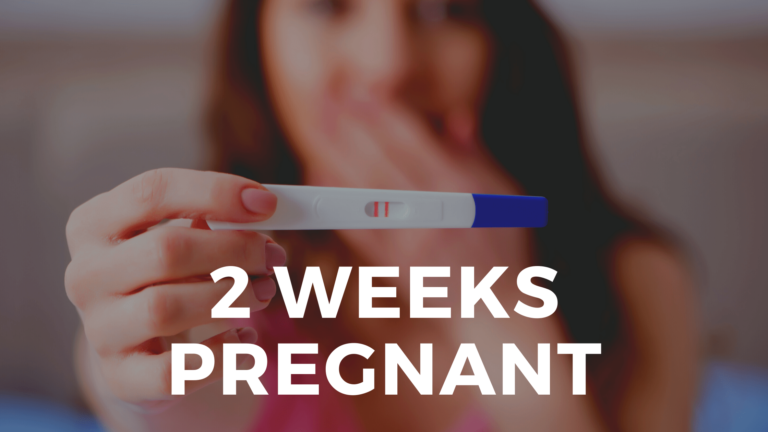Breathing Techniques for Labor: Managing Pain during Pregnancy
Published on December 6, 2021 – Last Updated on May 20, 2022
Have you been practicing any breathing techniques for labor? If not, take a few minutes to practice before the big day. Breathing can be one of the most effective tools for managing pain during childbirth, so it’s essential to take time now to learn and practice controlled breathing techniques. Concentrating on your breathing can help distract you from pain, relax your muscles and mind, and keep your oxygen supply up.
In this article, we will discuss all breathing techniques you can practice during pregnancy and labor that are helpful in pain management and are easy for pregnant women to try to release tension.
Benefits of Breathing Patterns during Pregnancy, Labor & Birth
Have you heard about patterned breathing during labor? Organizing breath during labor is one of the relaxation techniques useful for labor and delivery.
Patterned breathing is a technique that can help mothers remain calm and relaxed throughout their entire labor. It also provides them with more strength and energy to push when it’s time for delivery. This technique has proven very effective, especially in hospitals where women are given epidurals or other medications that make them drowsy. In addition, the mother remains alert and aware while using this method to provide feedback on how she feels throughout her contractions.
Here are a couple of benefits of using different breathing techniques:
– You’ll be more prepared for labor pains.
– Your baby will have a more peaceful birth.
– You’ll experience less pain.
– You’re more likely to have a shorter labor.
– You’re less likely to need medication or anesthesia.
Some emotional benefits of patterned breathing:
– Have the best possible experience of childbirth.
– Be able to take care of your child better in the future because you know how to manage pain during pregnancy.
– Feel in control and not helpless or frightened.
Belly Breathing: Deep Breath
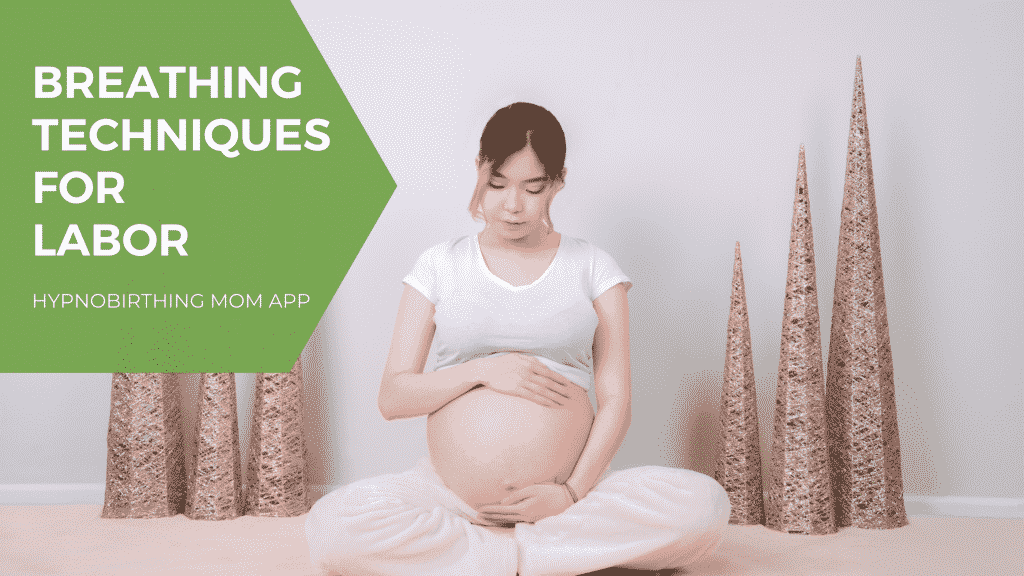
It’s time for some early labor breathing! First, expand your belly outward and let all that air out as you slowly inhale. Then take another deep breath in through pursed lips as if blowing across an open flame–only slower this time, so it feels more like whistling than panting or heaving with the effort. Letting go of tension can actually help deliver a baby by making sure every part moves exactly where it should occur during contractions, but don’t worry. Between breaths, we have enough control to start doing things again just as they need to be done to make changes without feeling stuck (like waiting around until something else happens).
It may help to close your eyes and focus on your breath. You can do this exercise in any position, but many women find it helpful to do while lying down.
The goal is to breathe deeply and slowly, taking long pauses between breaths. If you feel like you’re hyperventilating, stop and start again when you.
Breathe in and out through your nose, and let your belly push the air out. Breathe in between or during contractions. Take your time with each breath.
When you are done, take your time to return to normal breathing.
Slow Breathing Exercises that Have a Calming and Relaxing Effect
When you’re pregnant, your body is going through a lot of changes. Pregnancy can be a very stressful time, and it’s essential to take care of yourself. One way to reduce stress and relax is by practicing slow breathing exercises.
Slow breathing helps you to focus on your breath and clear your mind. It also slows down your heart rate and relaxes your muscles. This breathing technique is a great way to calm down and relax, especially during pregnancy.
- The moment you feel the first contraction, take a deep breath and release all of your tension. As soon as that out-breath starts to happen, let go – “go limp” from head to toe while breathing deeply until it’s over!
- Inhale slowly through your nose, and exhale through your mouth.
- Find a focus point to drive your attention to. This can be a picture, an object, or even your belly button. It’s important to have this focus point so that you can clear your mind.
- As you take deep breaths and exhale slowly, concentrate on the breath as it travels through your mouth and nose.
- Try to relax all areas of your body while breathing
- The key is to keep breathing deeply until all of the pain has subsided. Once the pain has subsided, take a few deep breaths and relax your body.
Calming breath exercises are a great way to reduce stress and relax during pregnancy. They help you to focus on your breath and clear your mind. As you practice slow breathing, you’ll find that it also slows down your heart rate and relaxes your muscles.
Light Accelerated Breathing used as a Cleansing Breath
Light Accelerated Breathing is one of the best breathing techniques as your organizing breath during pregnancy. You can do it when you feel the need to switch from heavy breathing. You start this by taking a big breath and then sighing it out as soon as the contraction begins. Keep your mouth and shoulders relaxed, and use shallow and fast breaths at about one breath per second throughout the whole contraction, no matter how long it lasts. As your breathing rate increases, make sure that you breathe in through your nose and out through of your mouth very lightly. When the contraction ends, retake a big breath before starting another one of these light accelerated breaths with a sigh of relief at the end of each one!
To work as an effective release from heavy breathing, you have to complete three-light accelerated breaths during each contraction and finish with a big deep sighing breath at the end of them all before going back to your normal breathing.
Variable Breathing Patterns
This is my favorite technique when I’m in transition. It’s unmistakable for its “hee-hee hoo” sounds – or pant, exhale, blow!
Take an organizing breath as the contraction comes on, and find a focus point with your partner or birthing coach. Take light, shallow breaths through your mouth at 5 to 20 breaths every 10 seconds but try blowing longer, more pronounced ones every 4th fifth one (or so). Regroup after each contraction ends by taking another deep cleansing breath before starting again.
Learn more about hypnobirthing techniques.
Expulsion Breathing
Expulsion Breathing is a way to breathe during the final stage of labor.
- Take an organizing breath as soon as you feel your cervix dilate. The second stage transition has begun, followed by releasing all tension from head to toe with every exhale after that throughout contraction times. You can focus on images like a baby coming down and out or another positive image while breathing in this time frame (keeping it even). When contractions become more urgent, take deep breaths until they subside for about 5-6 seconds before taking one more slow abdominal to inhale/exhale cycle; then prepare yourself again – if need be! This process will continue until the fetus is delivered successfully–through waves of urges which come at varying intensities depending on the woman. During the break periods in between waves, take a few calming breaths to oxygenate your blood and baby.
When it’s all done, relax and take one or two deep breaths before resting–congratulations! Expulsion Breathing is a way to breathe through the final stage of labor while keeping yourself relaxed. The key is to go with the flow by listening to what your body tells you instead of trying to speed or slow down the process.
You can use Expulsion Breathing in any stage of labor, but it is most helpful when used during second-stage (pushing) and third-stage (placental delivery). It’s also useful for moms who suffer from pushing difficulties, such as when the baby is very low in the birth canal (occiput posterior or OP position), and the mom has an anterior lip.
Expulsion breathing aims to help you work with your body instead of resisting it; therefore, you should not try to slow down or speed up labor by pushing too early/late, too hard/soft, or too long/short.
Other Relaxation Techniques you Can Use During Pregnancy & Labor
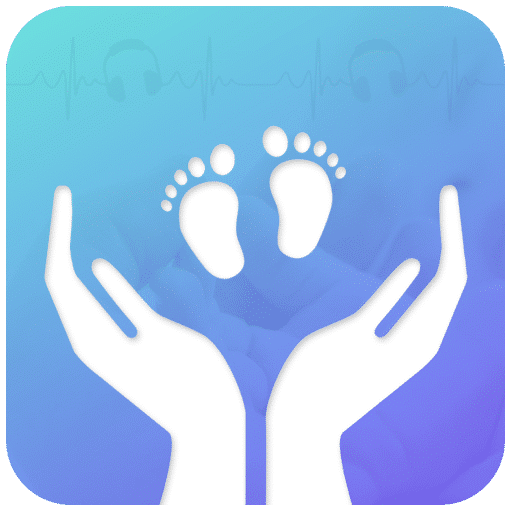
Any pregnant woman who wants a relaxed pregnancy should use :
- Hypnobirthing or Hypnobabies
- Lamaze breathing
- Kegel exercises
- Guided imagery
- Childbirth classes
- Contraction timer app
We recommend getting help by using a hypnobirthing app because it is fast and easy, and you can do it from the comfort of your home.
You can use any relaxation technique during pregnancy to help relax so you will be better able to handle the pain of labor.
Using these techniques in your daily life will also make them easier for you when it comes time for delivery! You’ll find that just by breathing slowly and deeply, you can help the muscles in your body relax, including those of your uterus.
We also recommend using a birth ball during labor because this will allow for more movement, which is essential for relieving pain through relaxation.
So take some deep breaths and use these techniques to have a more uncomplicated pregnancy! And remember that if something isn’t working for you, don’t be afraid to ask for help!
–Hypnobirthing breathing can help you relax and have a more uncomplicated pregnancy.
-Lamaze breathing exercises can also help with relaxation and pain relief.
-Kegel exercises are great for strengthening the pelvic floor muscles.
-Any relaxation technique can be used during pregnancy.
-Using a birth ball can help with pain relief and movement.
-If something isn’t working for you, don’t be afraid to ask for help!
Conclusion: Organizing Breath – Breathe Slowly!
When you have a baby, you might feel lots of pain. It is natural to be scared. But you can do things so it will not hurt as much. You would want to stay at home as long as possible because it is a comfortable place for your baby and for your body during pregnancy. Stay home until your contractions are three to five minutes apart and last for one minute. It would also help if you took a hot shower or bath with warm enough water that feels good on your skin, or just in general too warm if the weather isn’t that hot outside yet. You could also use a hot water bottle or cold pack on the back of your neck and other areas where you feel pain or stiffness, which will help the muscles relax. It would help if you also tried moving around as much as possible because it might make labor go faster. Labor is a natural process, and it is essential to think positively about it. Remember that you are giving birth to a beautiful baby, and this moment is something you’ll never forget!
Tags: light breathing, relaxing breath, the second stage of labor, shallow breathing, stages of labor, childbirth classes, the first stage of labor

